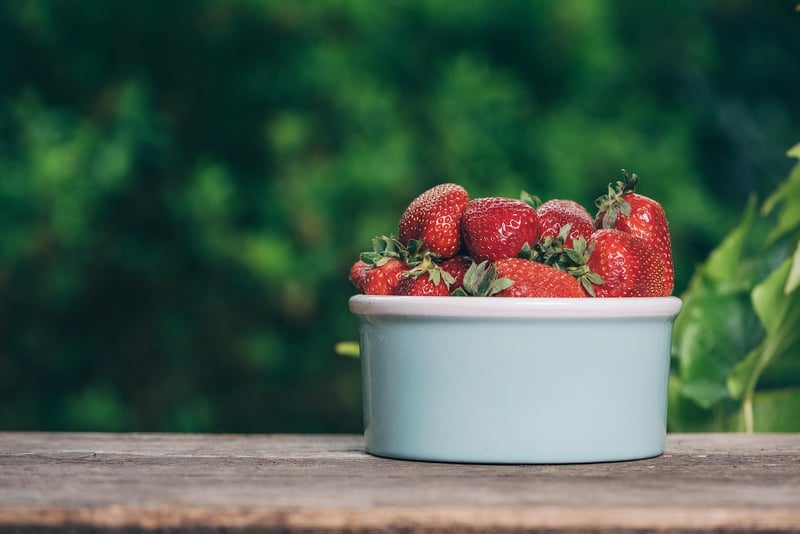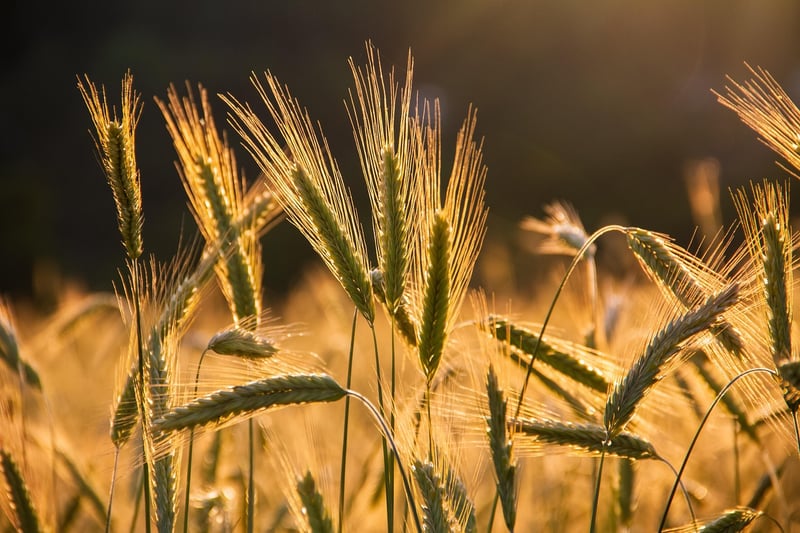Post-harvest Tips
#Fresh Produce
#Garden-to-Table
#Preservation
Optimal Time and Methods for Harvest + Post-harvest Tips
Optimal Time for Harvest
Harvesting crops at the right time is crucial for ensuring the best quality produce. Here are some general guidelines for optimal harvesting times:
- Harvest fruits and vegetables early in the morning when they are coolest and have the highest water content.
- For leafy greens, harvest in the morning after the dew has dried but before the heat of the day sets in.
- Root crops should be harvested in the late afternoon or evening when they have stored the most energy from the sun.
Methods for Harvest
Proper harvesting methods are essential to minimize damage to crops and ensure longevity. Here are some common methods for harvesting different types of crops:
- Handpicking: Ideal for fruits and vegetables that are delicate or require individual attention.
- Cutting: Used for crops like leafy greens and herbs where you can cut the plant at the stem.
- Pulling: Suitable for root vegetables like carrots and beets where you can gently pull them out of the ground.
- Machinery: Larger-scale operations may use machinery like combine harvesters for efficiency.
Post-harvest Tips
After harvesting, it's important to take proper care of the produce to maintain its freshness and quality. Here are some post-harvest tips:
- Clean the produce gently to remove any dirt or debris.
- Remove any damaged or bruised parts to prevent spoilage.
- Store fruits and vegetables in a cool, dark place to slow down ripening.
- Use proper packaging to prevent moisture loss and protect from pests.
- Monitor stored produce regularly for any signs of spoilage and remove any affected items promptly.
Following these optimal harvesting times, methods, and post-harvest tips can help you enjoy fresh, high-quality produce from your garden or farm for longer.


